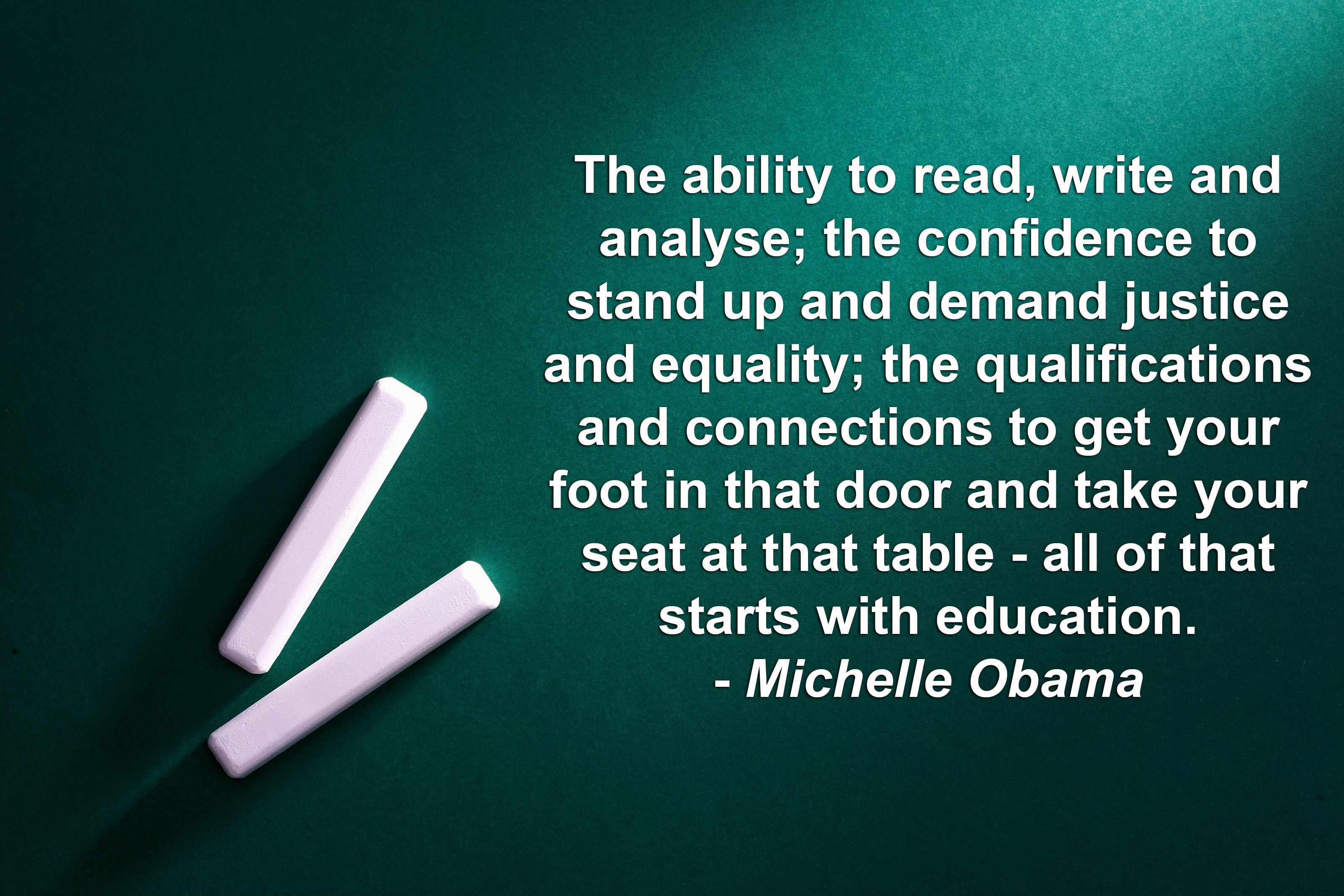I personally do not remember a lot of discussions on citizenship going through K-12 schooling, this could be both due to my poor memory and a lack of focus on this topic. I do remember having a focus on what it means to contribute to society and good vs bad citizens. I never thought of citizens having types other than good or bad and you either were a citizen or you were not (referring to the idea of Canadian citizens). Westheimer and Kahne focus on personally responsible citizens, participatory citizens, and justice-oriented citizens. I’d say that our discussions regarding contribution to society would go along with this break down of citizens, but I feel that we only went as far as if they were working or not when it can be understood much deeper than just being employed. I would say that my learnings through school focused on the personally responsible citizen, it was emphasized that we do the right thing/act responsible, get a job, obey the laws, and recycle, it never seemed to go much further as the other citizen types may feel encouraged to do. I feel that what I was taught was a great basic level, as the curriculum gets more in-depth, it should branch out into improving the community and assessing social, political, and economic structures beyond what they may see right away.
I feel that the approach we take to citizenship instruction does reveal a lot about who we are and what we believe in. There are people that live their life focusing on going to work, paying their bills, and recycling, where there are others that are using their extra time to dive into bigger social, economic, and political issues around the world, rather than just their own community. Those two different types of people are going to share the idea of citizenship in an extremely different form because of what they value and what they expect of those learning.

